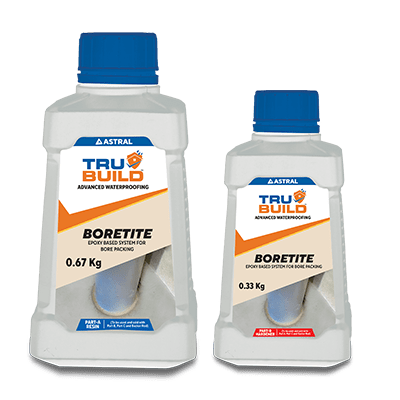Why is Waterproofing Your House Important During Construction?
Apr 17, 2025
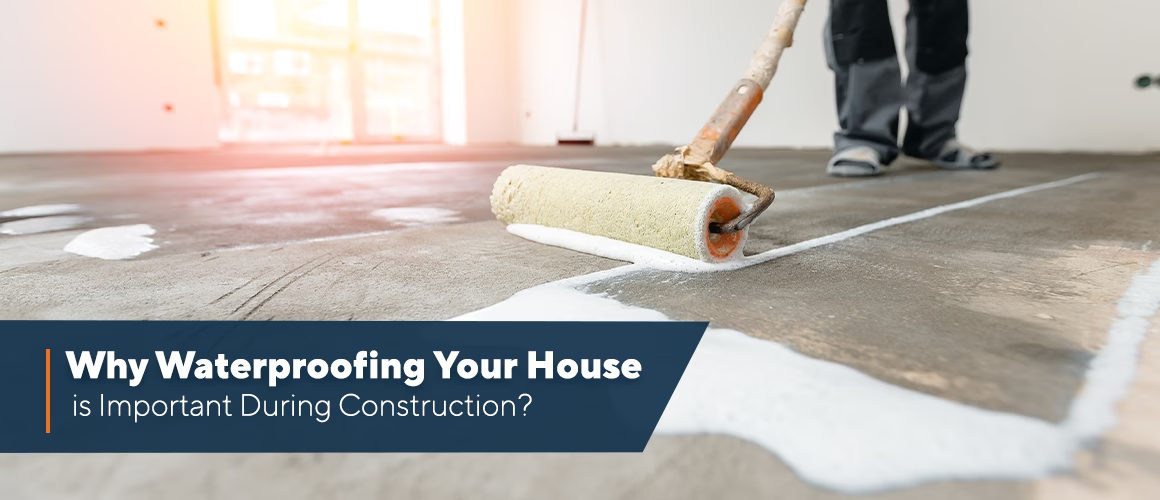
Building your dream home is a cherished achievement, one that takes planning, effort and investment. But while you are busy picking floor plans and paint colors, one important factor often gets overlooked: waterproofing. And trust us, you do not want your dream home giving you trouble the moment the first rain hits.
A well-planned waterproofing coating is a smart, early investment that can save you from costly repairs down the line. Rain, moisture and seepage can silently damage walls, ceilings and floors, leading to cracks and structural issues. Taking preventive measures like implementing waterproofing solutions during construction can help you avoid these headaches and keep your home strong and secure for years to come.
In this guide, we will help you understand the importance of waterproofing in construction of your home and highlight the key areas of your home that need protection.
The Importance of Waterproofing During Construction
-
Prevents Water Damage:
One of the main reasons for waterproofing is to protect your home from water infiltration. Water seepage can cause significant damage, leading to cracks in walls, stains on floors and ceilings and even structural weakening over time. This damage can accumulate, causing costly repairs in the future.
-
Reduces Maintenance Costs:
Waterproofing prevents water from entering vulnerable areas of your home. This saves you money in the long term by reducing the need for constant maintenance and repairs.
-
Controls Moisture and Dampness:
Excess moisture can lead to mould and mildew growth, which can affect your home’s interior. Comprehensive house waterproofing controls moisture levels, particularly in vulnerable areas like basements, crawl spaces (those low areas beneath your home) and foundations. A complete approach that includes both basement and roof waterproofing helps eliminate these health risks by preventing water from getting into your home.
-
Improves Indoor Air Quality:
Mould and mildew can also contribute to poor indoor air quality. Waterproofing solutions ensure that moisture does not build up. It prevents mould growth and protects your home from the health issues that often accompany it, such as respiratory problems and allergies.
-
Protects Structural Integrity:
Continuous exposure to water can gradually weaken the foundation and walls of your house. Implementing waterproofing solutions helps preserve the structural integrity of the home.
-
Long-Term Durability:
Waterproofing ensures the durability of your home by protecting it from weather extremes, particularly in areas prone to heavy rains, flooding or snowmelt. It strengthens your home’s resistance against these elements, ensuring it remains in good condition for many years.
House waterproofing during construction is a wise decision. Now that you understand the importance of waterproofing in construction, let us examine the key areas that require attention when implementing waterproofing solutions.
Essential Areas to Consider During House Waterproofing
-
Foundation:
The foundation supports your entire home and sits in direct contact with soil moisture. This concrete structure requires proper waterproofing to prevent water from penetrating through cracks and joints. Without protection, water pressure can cause foundation walls to crack over time, compromising your home’s structural integrity.
-
Basements:
While connected to your foundation, basements create usable underground spaces that need specific waterproofing attention. Being below ground level makes them vulnerable to water leaks during heavy rains. Effective basement waterproofing prevents dampness, moisture buildup and mould growth, keeping the space dry and protecting stored belongings.
-
Roof:
A leaking roof can lead to significant water damage. Applying roof waterproofing solutions helps prevent water from seeping into the attic or upper floors, protecting both the structure and the interior.
-
Balconies and Terraces:
These areas are exposed to the elements, which makes them susceptible to water penetration. Waterproofing the floor and joints of balconies and terraces ensures that water does not seep through and cause damage to the underlying structure.
-
Walls (Exterior and Interior):
Waterproofing the exterior walls helps prevent rainwater from entering the home. Interior walls in areas like bathrooms and kitchens also require waterproofing to avoid mould growth and damage due to high humidity.
-
Windows and Doors:
Sealing the joints around windows and doors with waterproof materials ensures that water does not seep in, preventing dampness and mould growth in these areas.
-
Bathrooms:
Since bathrooms are constantly exposed to moisture, it is important to waterproof the floors, walls and shower areas to prevent leaks and water damage.
-
Plumbing and Drainage Systems:
Waterproofing around pipes, joints and drainage systems ensures that there is no water leakage, which could lead to dampness and other issues.
Proper waterproofing of these areas during construction will protect the home from water damage, reduce maintenance costs and enhance its overall durability.
Choosing the Right Waterproofing Solutions for Your House
Selecting suitable waterproofing solutions products means looking at your home’s specific needs, local weather and your budget. While better materials might cost more at first, they protect your home better and last longer, saving you money over time.
Our waterproofing solutions work well at every building stage, from the foundation to the finishing touches. We make products that keep water out and protect against moisture damage. Our tile adhesives and grouts create strong, lasting bonds and add beauty to your home’s finished surfaces.
When you want a home that remains strong and beautiful for generations, make the confident choice—Astral Trubuild.


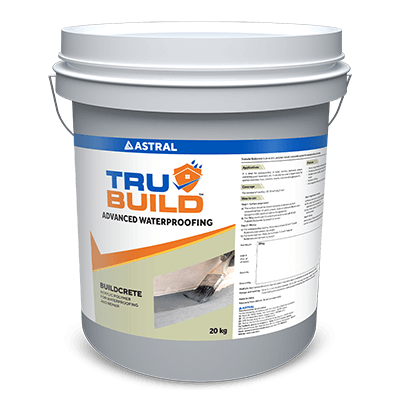
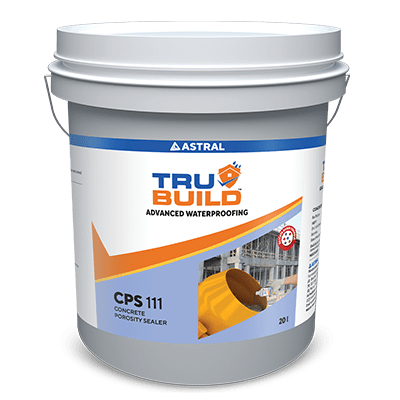
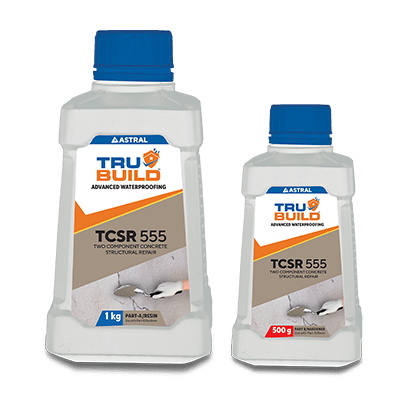
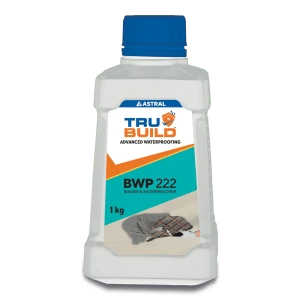
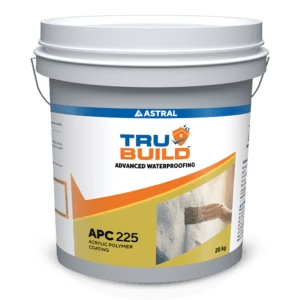
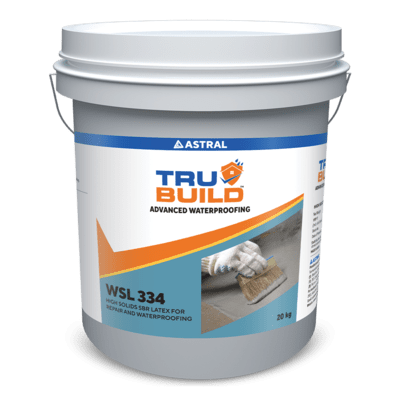
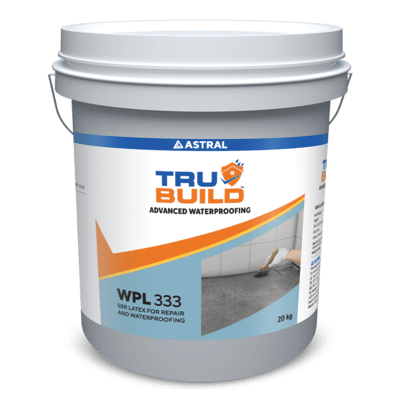

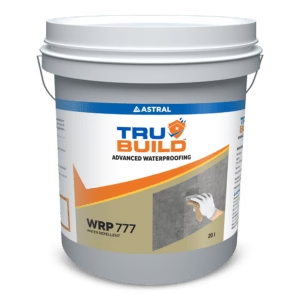


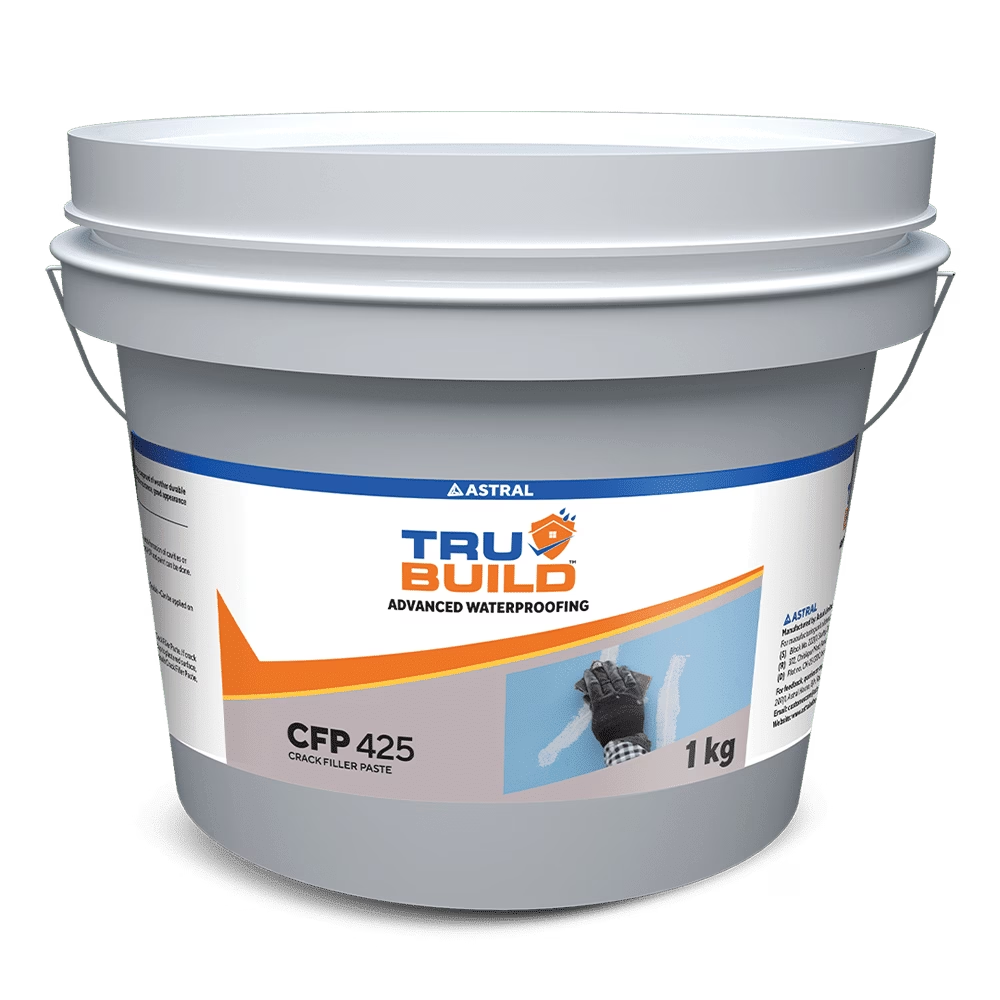


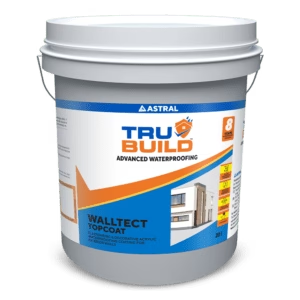

 Professional Sealants
Professional Sealants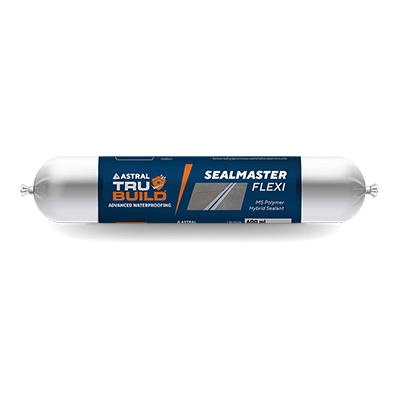
 Roof Waterproofing
Roof Waterproofing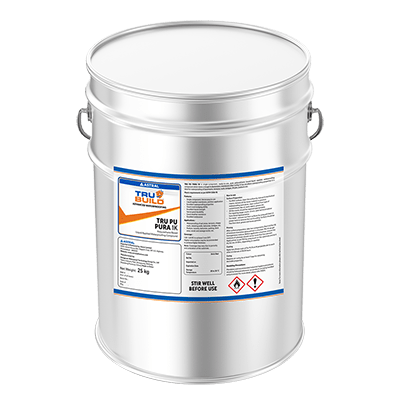

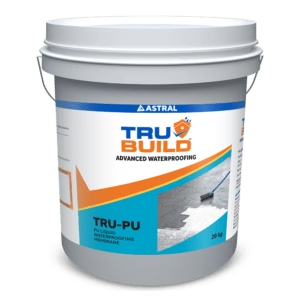


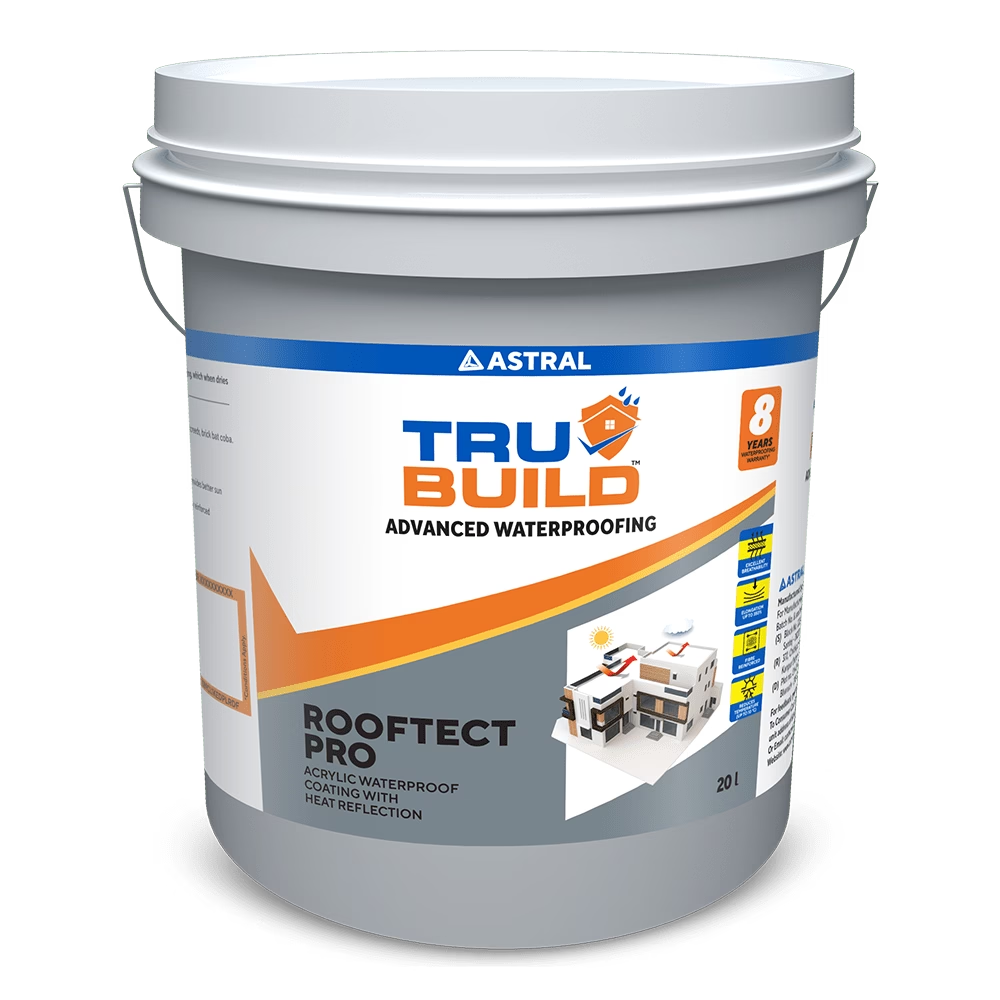

 Substructure Waterproofing
Substructure Waterproofing Tiling and Grouting
Tiling and Grouting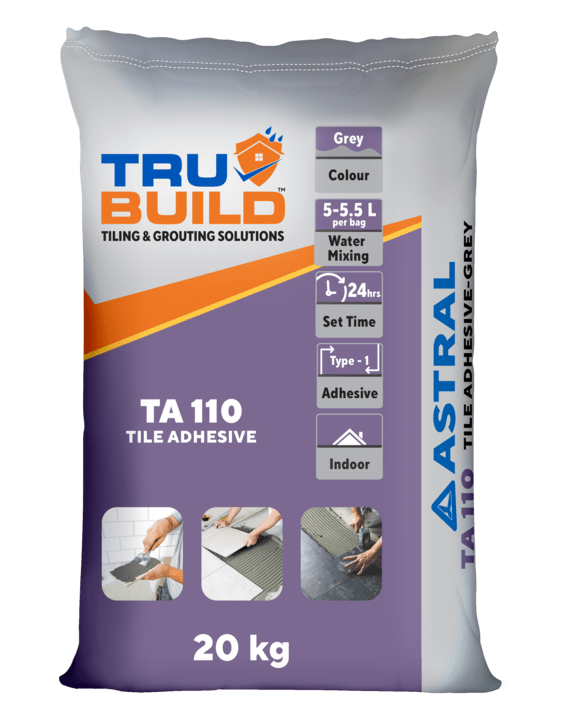

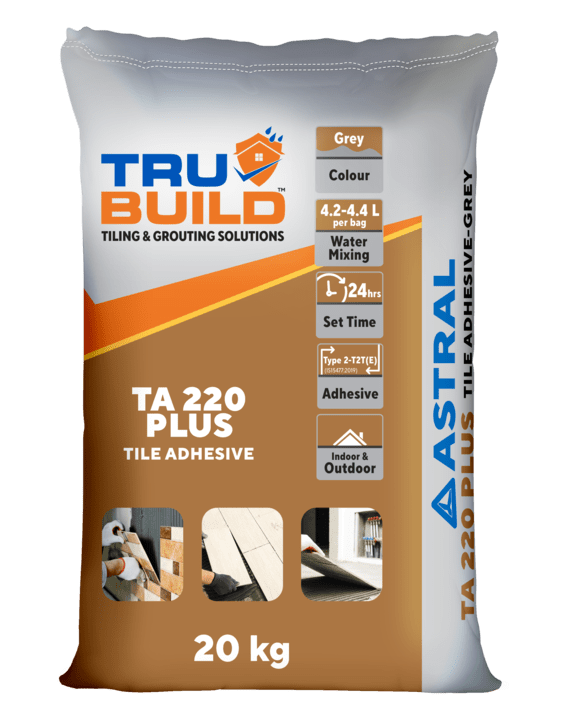
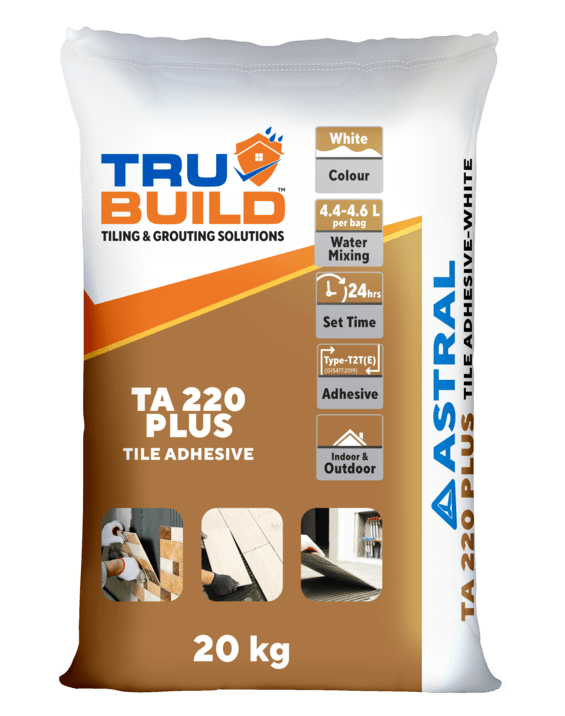
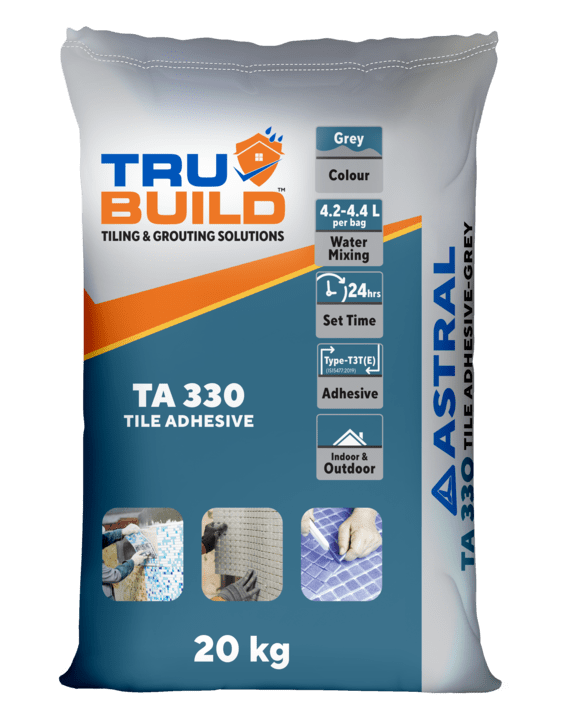
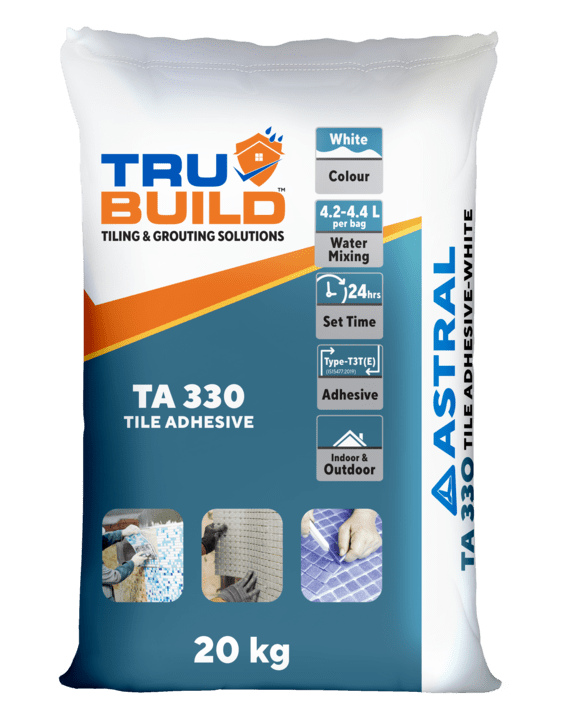
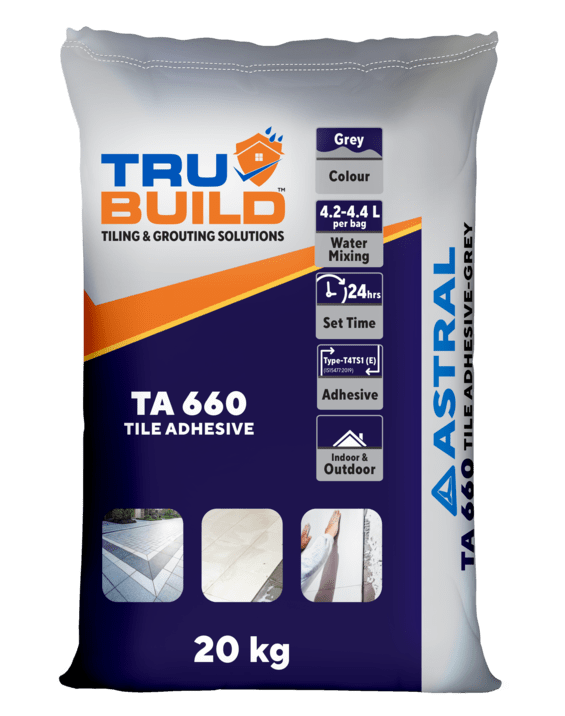



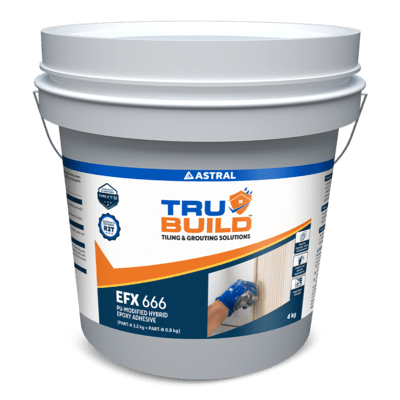
 Water Tanks and Other Areas
Water Tanks and Other Areas